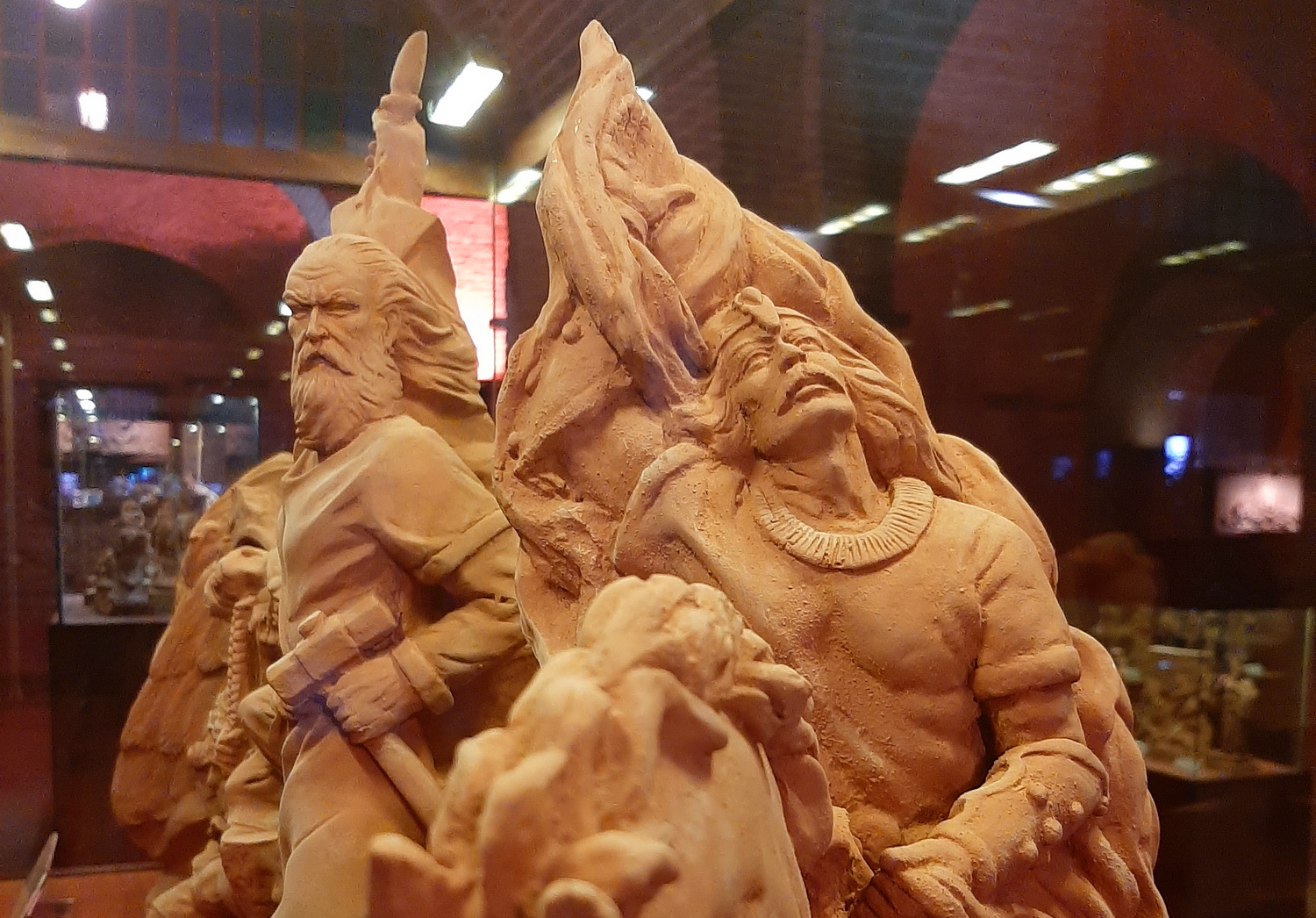Shahnameh Museum: a treasure of Iranian epic and culture
The Shahnameh Museum in Qazvin, Iran is a window to the epic and heroic world of Ferdowsi’s Shahnameh, Iran’s national epic. This museum, which was opened in 1388 in the Chehelston historical monument of Qazvin from the Safavid period, has displayed a treasure of objects and works of art related to the Shahnameh and Iranian mythology.
Different parts of the museum:
Shahnameh Section: In this section, manuscripts of the Shahnameh from different historical periods are displayed, including the Baisangari Shahnameh manuscript, the most exquisite version of the Shahnameh. Also, Shahnameh paintings by prominent Iranian artists, such as Qazvini’s Shahnameh paintings, and statues of Shahnameh characters, such as Rostam’s statue by Abolhasan Sediqi, adorn this section.
Myths section: In this section, Iranian myths, their origins and their connection with the Shahnameh are displayed. Visitors can learn about creation stories, mythical warriors, and legendary creatures from the Shahnameh.
Warriors section: This section is dedicated to the introduction of the Shahnameh warriors, such as Rostam, Esfandiar, and Guderz, and the description of their bravery and bravery. Sculptures, paintings, and terracotta vessels with heroes have made this section more attractive.
Museum activities:
In addition to displaying objects, Shahnameh Museum also organizes various cultural activities. Among these activities, we can mention the holding of specialized meetings, Shahnameh readings, film screenings, and educational workshops.
Importance of the museum:
The Shahnameh Museum is important in many ways. This museum is the first Shahnameh specialized museum in Iran and plays an important role in preserving and promoting Iranian culture and literature. Also, this museum is a tourist attraction for people interested in Shahnameh and Iranian culture from all over the world.
The Shahnameh Museum is a step in the direction of preserving and promoting the Shahnameh, this national epic that gives Iranian identity. Visiting this museum is recommended to all those interested in Iranian culture and history.


